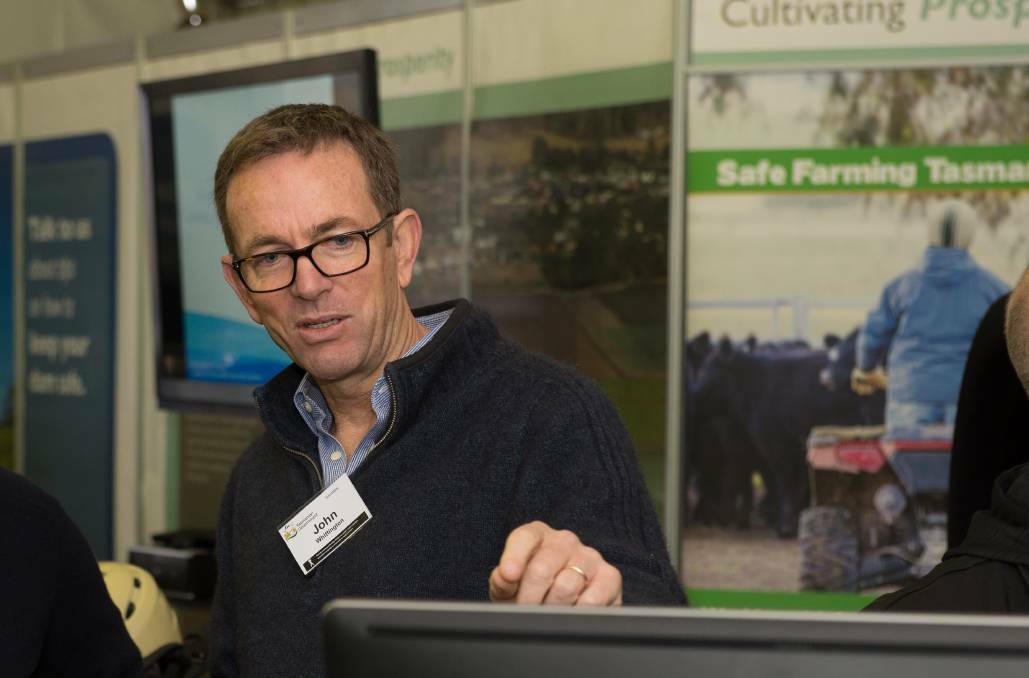
A Tasmanian-based aquaculture research centre is partnering with a West Australian company to reduce the carbon footprint of the state's aquaculture industry.
Subscribe now for unlimited access.
$0/
(min cost $0)
or signup to continue reading
Over the next two years, the Blue Economy Cooperative Research Centre and Carnegie Clean Energy will develop and test an offshore power plant that converts kinetic energy from ocean swells into electricity.
The MoorPower system developed by Carnegie is being partly funded by Blue Economy CRC as a sustainable alternative to the current diesel power plants used to power offshore fish farms.
Blue Economy CRC chief executive Dr John Whittington said the application of a kinetic energy power plant would help reduce the carbon footprint of the state's aquaculture industry.

He said the project aims to expand on existing wave energy converting technology by utilising a barge fitted with a mooring tensioner and power take-off unit to generate electricity.
Dr Whittington said one of the key benefits of the project was utilising the current infrastructure used offshore aquaculture in the energy production process.
Moored feed barges accompany fish pens and are used as a work platform and to store and distribute feed.
He said by fitting the barge with kinetic energy technology farmers could replace diesel generators used to power feed spreaders, lights and other power-driven applications.
According to Carnegie, the research is being conducted in collaboration with two of Australia's largest aquaculture companies, Huon Aquaculture and Tassal Group.
Tassal head of aquaculture Mark Asman said the partnerships would ensure the industry could provide sustainable aquaculture.
"Through the introduction of novel oceanic renewable energy sources, aquaculture will continue to offer healthy seafood produced with a low carbon footprint," he said.
READ MORE: Northern Tasmanian sweeps tourism awards
The $3.4 million project includes $1.35 million in funding from the Blue Economy CRC, $265,000 from and $1.8 million from project partners.
Dr Whittington said if successful, the MoorPower system could be applied to other marine applications, further reducing dependency on carbon-emitting fuel sources.
Our journalists work hard to provide local, up-to-date news to the community. This is how you can continue to access our trusted content:
- Bookmark www.examiner.com.au
- Make sure you are signed up for our breaking and regular headlines newsletters
- Follow us on Twitter: @examineronline
- Follow us on Instagram: @examineronline
Follow us on Google News: The Examiner



